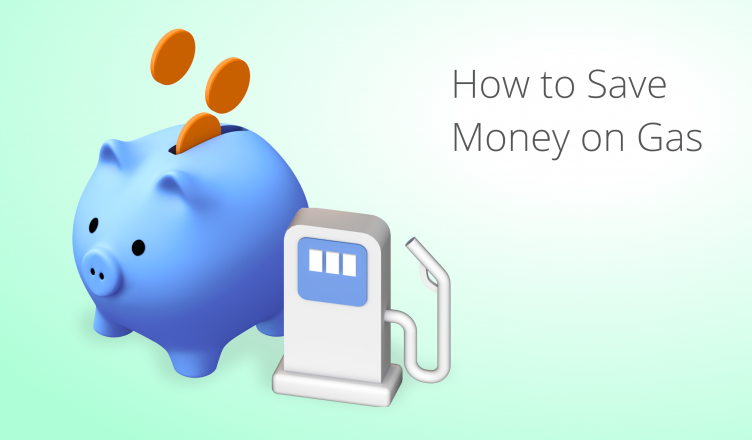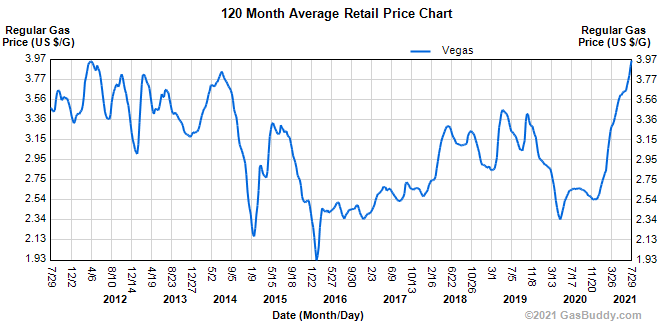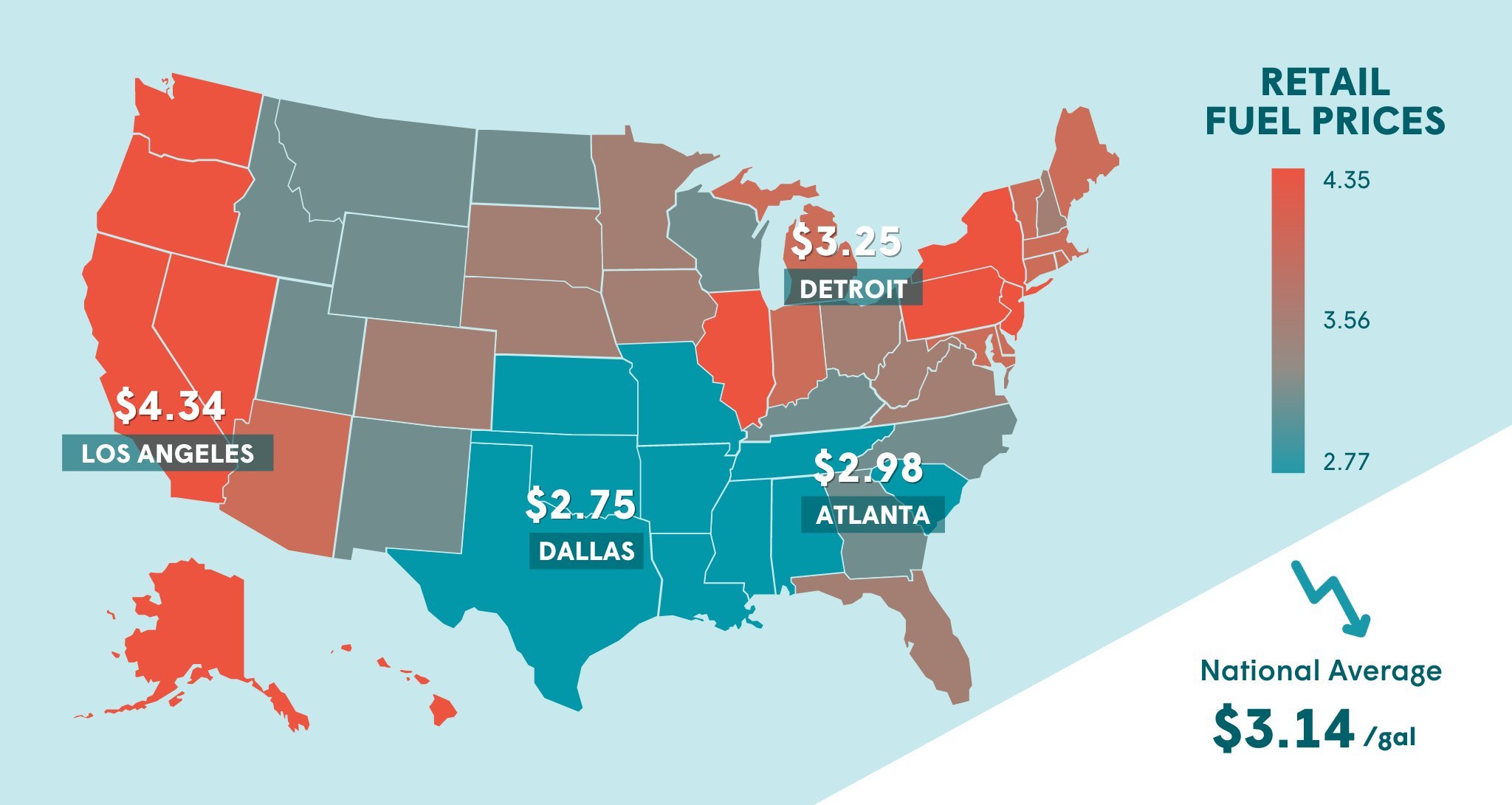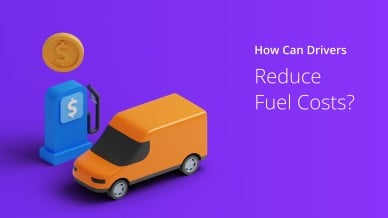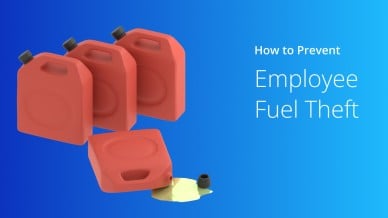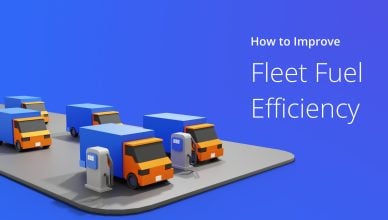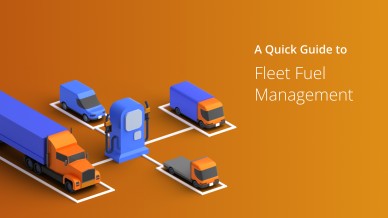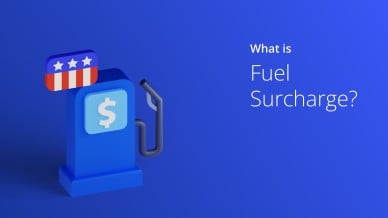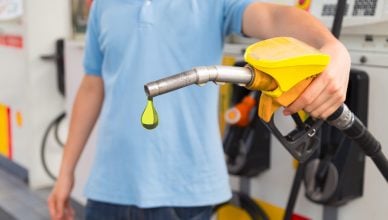You must save money on gas.
Fuel is becoming more and more expensive.
According to the American Automobile Association, the U.S. gas prices are the highest in seven years, and it’s up 40% since January this year.
Unfortunately, there’s no relief in sight. So, the importance of saving fuel has become more evident than ever.
How to save money on gas?
The following tips will help.
Strategies to Save Money on Gas
#1 Clean or Change Your Air Filter
Replacing or cleaning the air filters of a car is a simple answer to how to save money on gas.
An air filter helps your motor breathe for optimal performance.
It filters out particles in the air that could get into your engine. Over time, such dirt particles and pollution accumulate in the air filter, which clogs it.
Simply put, your car suffocates due to a lack of air. Such a clogged air filter is also less fuel-efficient.
Luckily, it is easy and affordable to replace dirty filters.
It’ll only set you back $30. And, you’ll make that back in no time as your fuel economy can increase up to 10%.
Replacing the filter can also save about $0.15 per gallon at the fuel pump.
#2 Plot the Most Efficient Route
You must plan optimized routes to save money on gas.
Planning routes manually with pen and paper or spreadsheets can’t guarantee accuracy.
Also, route planning on Google Maps, won’t help much if you have many drivers to make multiple trips.
A route planner app is the best app that saves you money on gas.
A route optimizer will plan well-optimized routes with the best directions to work for you while factoring in traffic, weather conditions, sunrise and sunset times, one-ways, time windows, left turns, and U-turns, avoidance zones, and other constraints.
The best part is that the entire route optimization process takes just 30 seconds.
Learn how to plan a route with multiple stops in 30 seconds.
A multi-stop route planner can also reduce travel time by up to 30%. Less travel time, of course, means less gas.
Long story short, you’ll never need to worry about how to save money on gas bills if you use a route planner.
Here are 8 ways you can benefit from a vehicle route planning software.
#3 Avoid Long Idling
An idling vehicle’s fuel mileage is zero.
Idling for long, whether the driver pulls off the road to make a quick call or stops at a railroad crossing, consumes gas that you could save simply by turning off the engine.
So, you or your drivers must shut off the engines whenever possible while waiting or parked.
Although idling is sometimes unavoidable, for example, when you need to warm up and de-ice your vehicle on a frosty morning, you shouldn’t allow your car to run for half an hour before hopping in.
Want To See For Yourself How Route4Me Can Boost Your Profits?

#4 Do Not Purchase Premium Fuel
Do not purchase higher-octane gas for premium performance unless your vehicle actually needs it.
Octane doesn’t improve gas’s performance. It indicates the volatility factor in the combustion chamber.
You can save money on gas by avoiding premium fuel. The savings can be as much as 10 cents per gallon.
#5 Lighten the Load
When your vehicle is heavier, your motor has to work harder to pull the car.
The harder the motor works, the lower the mileage you’ll get. So, ensure your vehicles are adequately loaded so the engines don’t need to stretch beyond their capability.
As the number of items in your vehicle or container increases, the balance, distribution, and loading sequence must be carefully planned out, especially when odd-shaped items are on board.
Manually ensuring this may not be feasible, but a delivery route planner can help.
Route4Me’s route planner is the first commercially available route optimization software that automatically generates your route’s staging and loading plan.
It three-dimensionally evaluates and optimizes the loading process into your container so that the items you are distributing or delivering are packed most safely and efficiently immediately after your routes are optimized.
#6 Shop Around for the Best Fuel Prices
Check the web for the best fuel deals in your area.
You can explore Gasbuddy.com, a network of the city, state, and brand-specific websites with gas price data posted by users.
Route4Me is also one of the best apps to save money on gas.
It comes with a Dynamic Directed Fueling Optimization™ feature that directs your vehicle to the closest and cheapest location to replenish fuel or any other resource you need.
Also, try to get a business membership of a warehouse or wholesale club, or grocery store.
Warehouse chains, such as Sam’s Club or BJ’s Wholesale, offer some of the lowest gas prices in town.
Walmart and other grocery stores with pumps often also charge less than their competitors to get people on their lots.
In fact, recently, you would have paid 45 cents less per gallon if you went to a local warehouse club in California instead of a major oil company’s gas station.
But, the drawbacks are that there will be a long queue at the pumps, and the membership cost will offset some of your savings if all you do is purchase gas.
However, heavy gas users still find the savings worthwhile.
#7 Implement a Fuel Policy
The basics behind effective fuel expense management remain relatively the same regardless of your fleet size or fuel price.
You must have a well-communicated, written fuel management policy to ensure your drivers understand the expectations regarding fuel conservation.
Such a policy should be backed by constant mpg performance monitoring across the asset types.
Also, it should focus on being as transparent as possible about the transactions and spending trends at the driver level.
Once a comprehensive fuel policy is in place, you’ll never need to worry about how to save money on gas again.
#8 Monitor Fuel Consumption
You should monitor your drivers’ fuel spending habits to save money on gas. Route4Me’s delivery scheduling software can help here.
It comes with a reporting and analytics feature that gives you the data you need to see what you’re doing well and what you could be doing better.
Route4Me even enables you to set fuel costs for different types of gas in a specific area to help you track your expenses accurately. It also allows you to note all your costs in the smallest detail.
In addition, you can use the timeline tool to view and analyze your fuel expenses for selected routes over a given period.
ALSO READ: 5 Ways to Get Rid of Employee Fuel Theft
#9 Implement an Eco-Driving Training Program
How vehicles are driven can either increase or decrease greenhouse gas (GHG) emissions and the vehicle’s fuel economy.
Slight driving differently can directly impact the amount of fuel consumption and emissions. And remember that even small increases in mpg can result in massive savings when extrapolated across your entire fleet.
Therefore, the best way to save money on gas is to implement an eco-driving training program to change driver behavior.
For this, you must choose an intelligent driver training solution that will monitor each driver’s driving behavior, personalize and assign training lessons accordingly, track their progress, and confirm that they’re learning what they need to know.
Learn how last-mile delivery companies can reduce their carbon footprint.
#10 Buy Fuel-Efficient Vehicles
Only purchase fuel-efficient vehicles.
You can use the find and compare tool on FuelEconomy.gov and search for a vehicle that suits your requirements while offering good fuel economy.
Many auto manufacturers have been trying to save fuel and increase performance by making turbocharged 4-cylinder engines instead of 6- and 8-cylinder engines.
A turbocharged engine burns gas more efficiently and improves acceleration while providing good fuel economy.
Still, you must test drive a turbocharged vehicle before purchasing it to ensure you still like the feel of the ride.
#11 Keep a Check on the Speed Limit
According to FuelEconomy.gov, gas mileage decreases fast when driving more than 50 mph.
Driving 50 mph may not be safe on the highway, but you should go at the speed of traffic in the lowest lane.
That typically means observing the posted speed limit in a 75 or 80 mph zone.
Under no circumstances can your drivers waste fuel by exceeding the speed limit.
In addition to the waste of gas, speeding puts your drivers at greater risk of getting into an accident.
But how can you track if your drivers are speeding when you’re in the office and they’re on the road? You can’t physically see them.
That’s why you need GPS tracking software.
A commercial GPS tracker is one of the best apps to save money on gas.
It helps you visualize your drivers’ activities on a map in real-time.
A GPS tracking system with a speed alert automatically notifies you whenever a driver crosses the speed limit. You can then communicate with the driver to ensure they maintain the speed limit.
With a GPS tracking app, you’ll never need to worry about how to save money on gas.
Learn the top 10 benefits of GPS tracking.
#12 Avoid Making Sudden Stops
Sudden stops eat up a lot of gas. So, instruct your drivers to stay at least one car length away from the driver in front of them for every 10 mph they’re driving.
For example, if they’re going 60 mph, they should stay six car lengths back.
That way, they won’t need to brake suddenly if the driver in front of them stops without warning.
#13 Keep Tires Inflated to the Correct Pressure
Tire pressure is crucial for getting the best gas mileage for your vehicle.
Under-inflated tires mean a car uses more effort to push itself forward. This results in poor gas mileage, and you’ll spend more on gas.
Therefore, you should check the tire pressure at least once a month and inflate air to the specific Pounds per Square Inch (PSI) recommended in the car manual.
#14 Use Fuel Injector Cleaner
Use a fuel injector cleaner to increase your vehicle’s mileage and save money on gas.
Injectors are parts of the engine’s fuel delivery system that sprays gasoline into the engine and makes the motor run.
Over time, these injectors can be clogged by debris and dirt, which results in lower performance. The engine will then use more gas, and you’ll fill up your gas tank more often.
Therefore, you should apply a fuel injector cleaner every 1,550 miles to clean the dirt and debris that accumulates in the fuel system.
Such cleaners come cheap, ranging from a few dollars a bottle to high-end bottles costing around $12 per bottle.
#15 Use AC Instead of Rolling Down the Windows
Gas does more than just move your car down the road. The radio, air conditioning, and everything else you can control from your seat is also powered by gas.
So, it seems common sense that turning off the AC and rolling down the windows to stay cool would save gas, right?
Wrong. At least, that’s sometimes wrong.
Rolling down your windows creates drag.
It doesn’t make much difference when you’re driving slowly, but once you drive more than 50 mph, you’ll save gas by rolling up your windows and turning the AC on.
Frequently Asked Questions (FAQs) about Saving Money on Gas
How Can I Save Gas in My Car?
Does Driving Slower Save Gas?
What Is the Best Speed for Fuel Economy?
Final Words: How to Save Money on Gas
You can’t control fuel prices, but you can do something about how much you’re paying for fuel. That starts with knowing how to save money on gas.
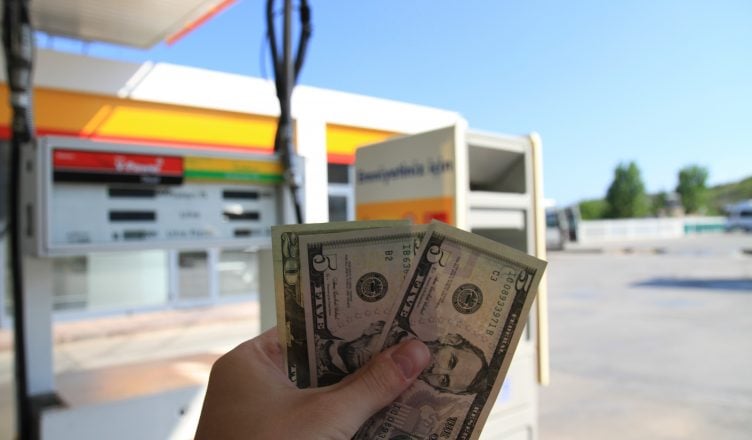
Time your fuel purchases, track fuel card transactions, talk to your employees about fuel efficiency, and use all the other fuel-saving strategies you’ve learned in this article.
So, do you have any questions about the best ways to save money on gas? Please feel free to leave your comments below.
Want To See For Yourself How Route4Me Can Boost Your Profits?

